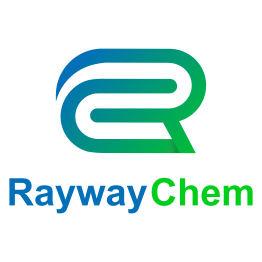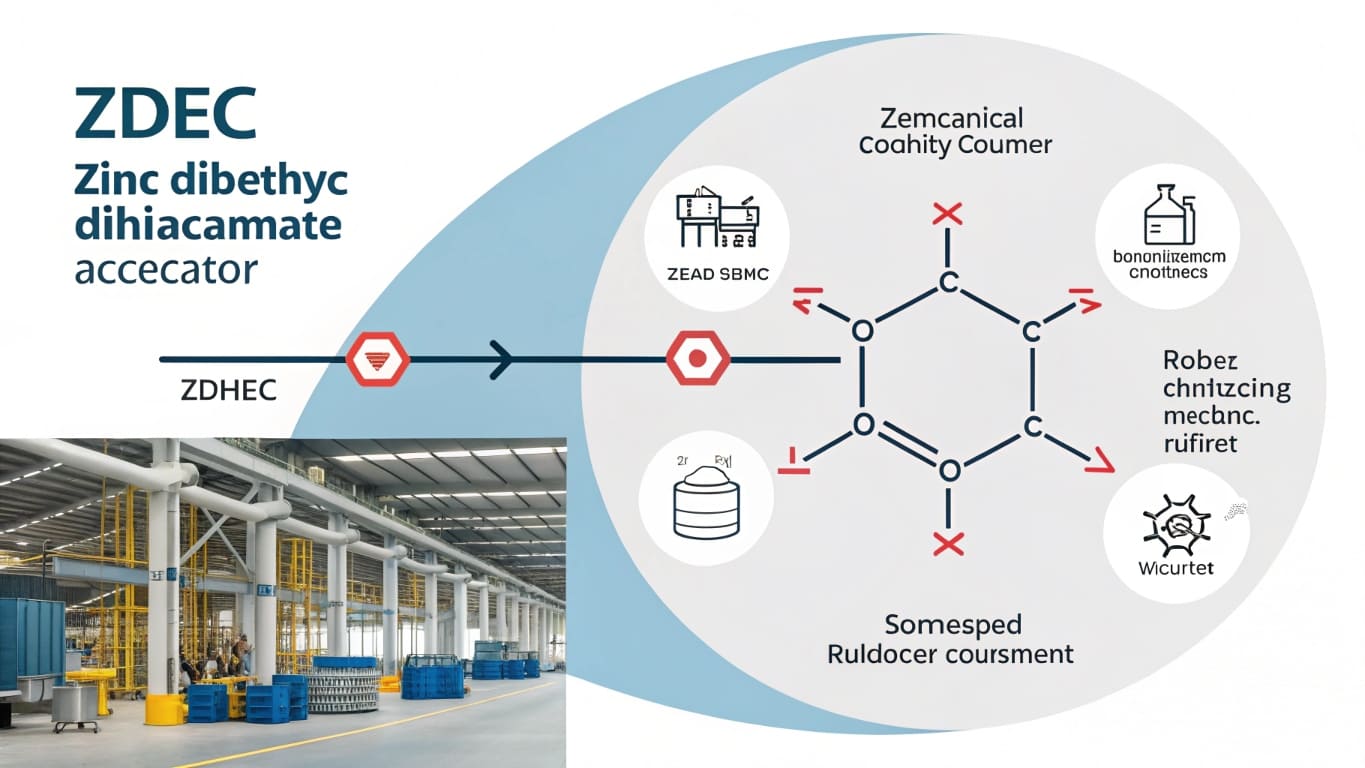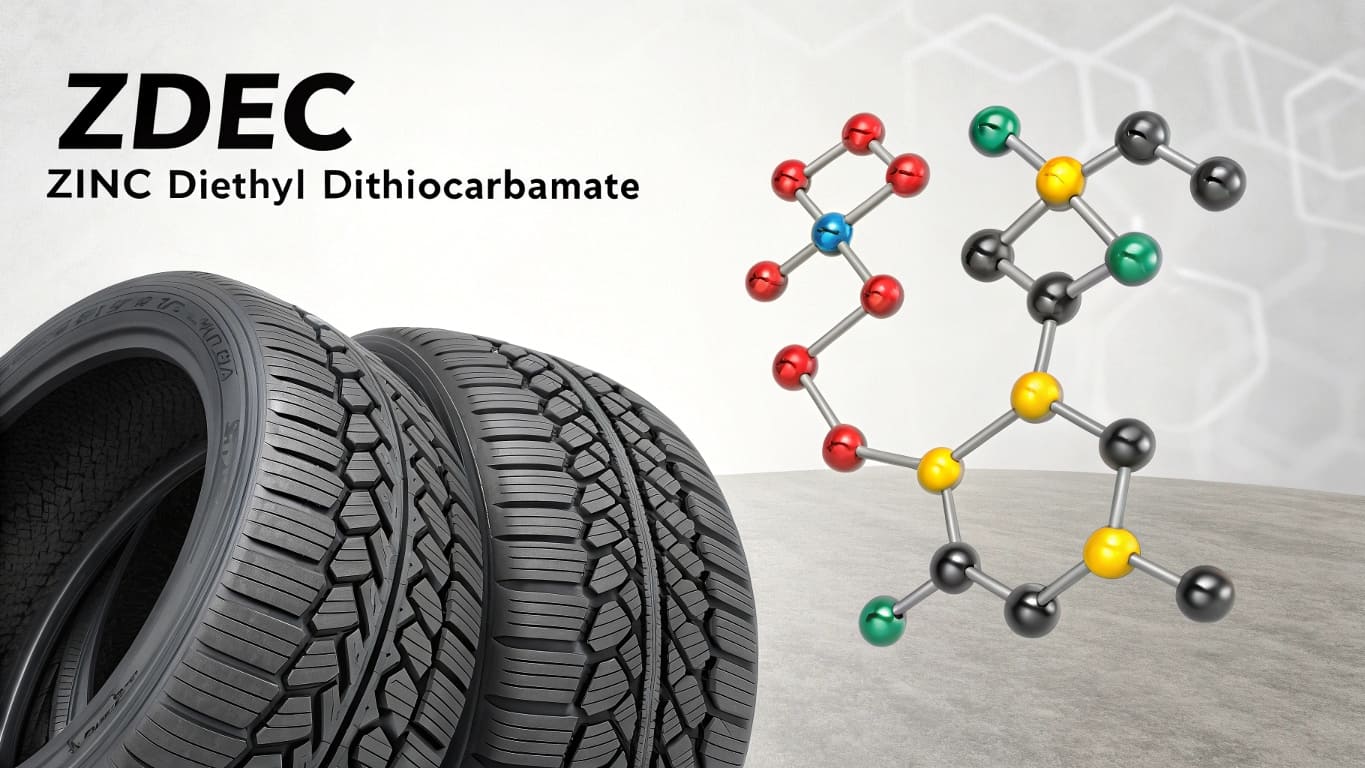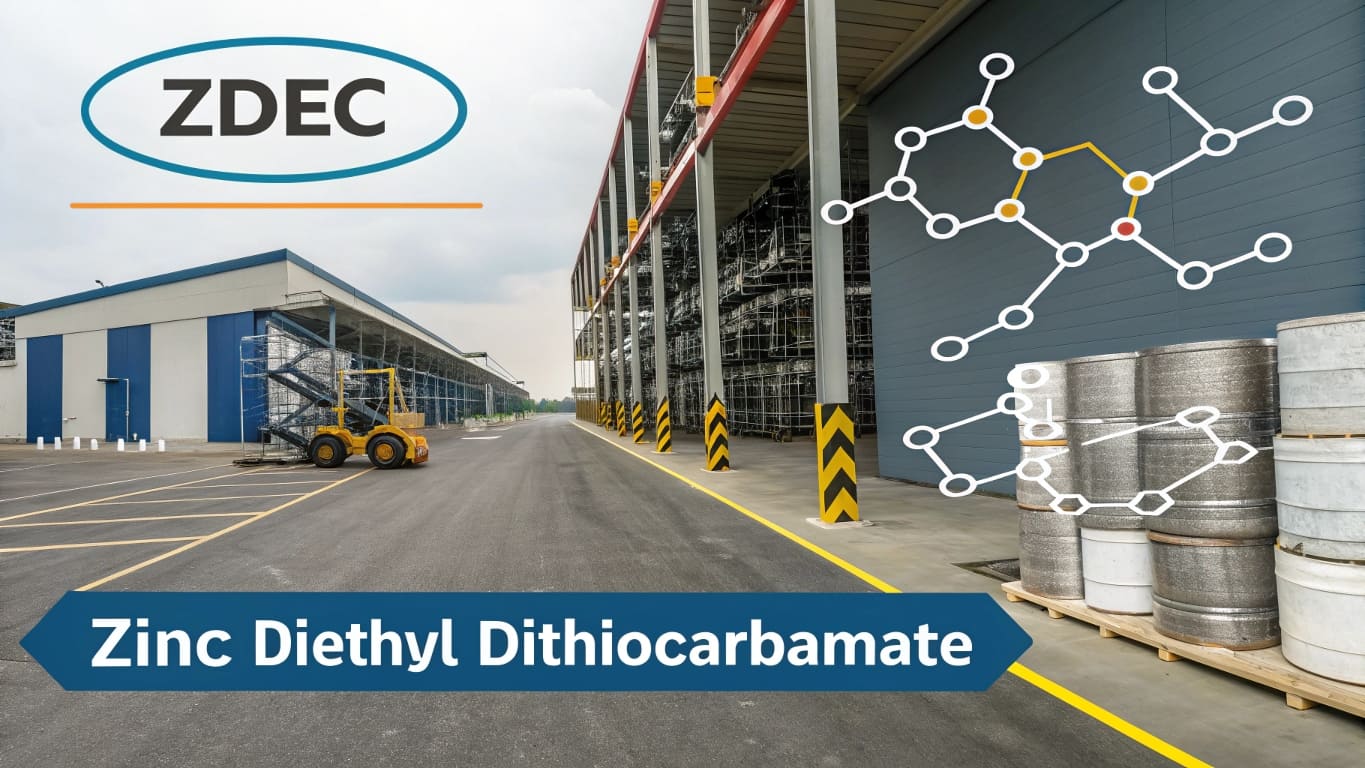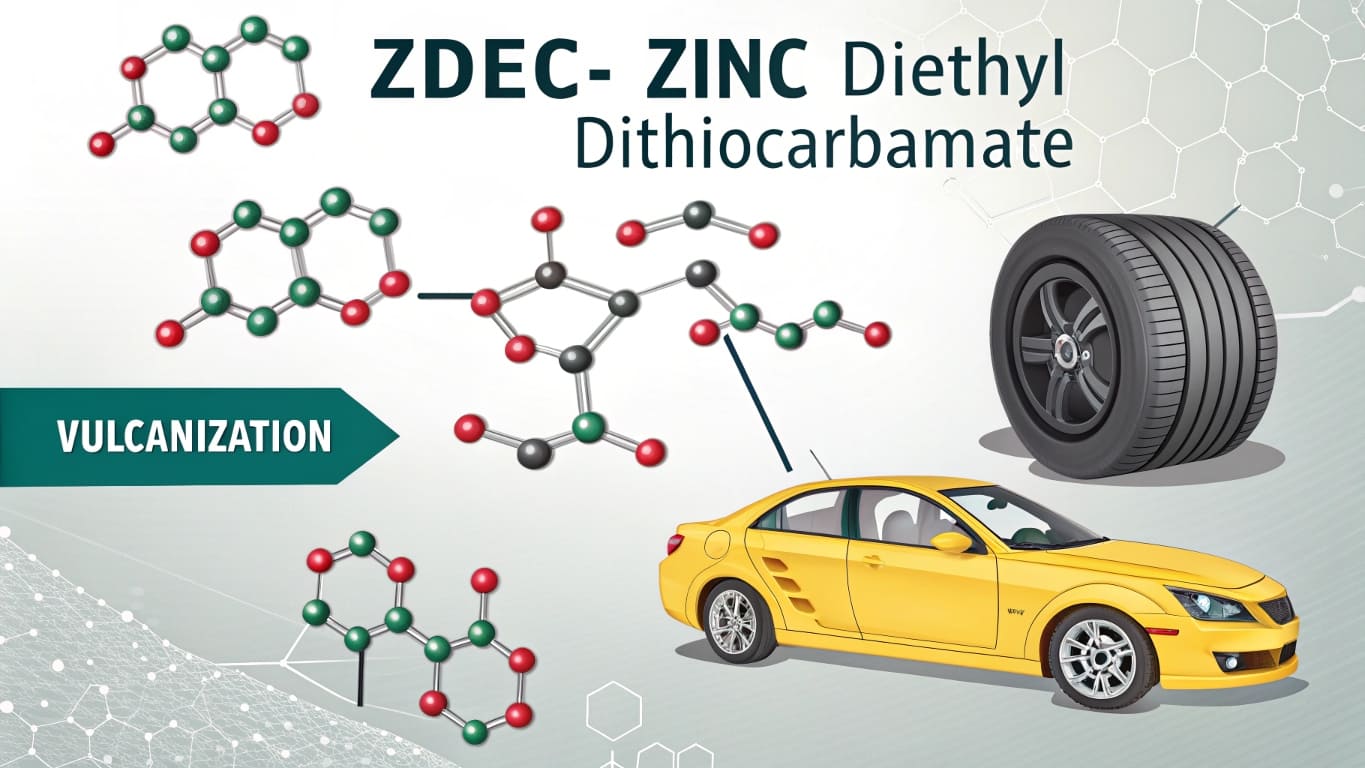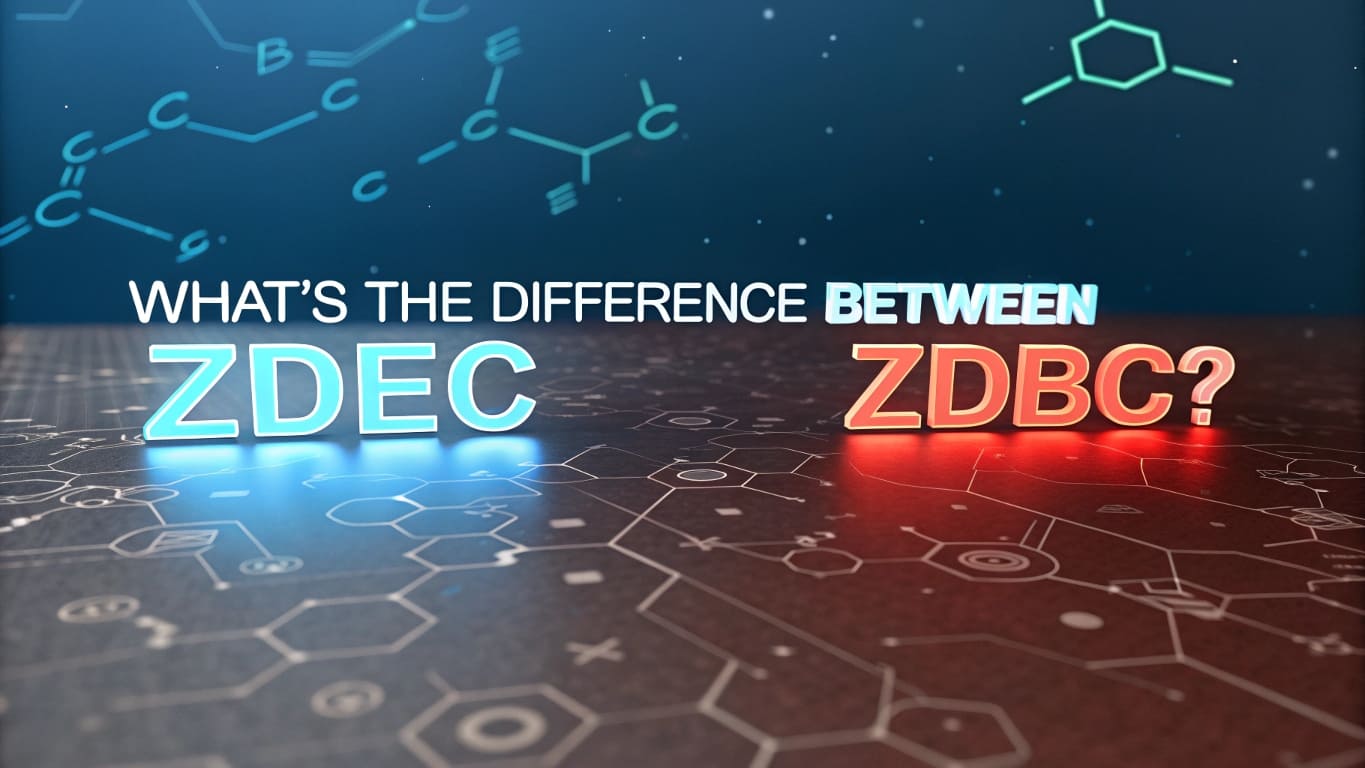Rubber accelerator ZDEC, chemical name Zinc Diethyl Dithiocarbamate, is a widely used ultra-fast rubber accelerator. It plays a key role in the vulcanization process, more used in the production of latex products, helping improve the durability and flexibility of rubber and latex products.
To fully understand ZDEC, we need to break down its full name, its uses in the rubber industry, and how it works in different applications, such as latex vulcanization.
What is the full form of ZDEC accelerator?
The name ZDEC might seem technical, but understanding its full form is key to grasping its role in rubber manufacturing.
ZDEC stands for Zinc Diethyl Dithiocarbamate. It’s a chemical compound used as a primary accelerator in rubber vulcanization, especially in latex.
ZDEC is made up of zinc (Zn) combined with diethyl dithiocarbamate, a molecule containing sulfur and carbon. Its full name reflects its chemical composition, which allows it to facilitate crosslinking reactions during vulcanization. When added to rubber compounds, ZDEC helps the sulfur atoms bond with the rubber molecules, resulting in enhanced rubber properties like increased elasticity and durability. The structure of ZDEC is crucial to its performance, as it ensures the accelerator is reactive enough to speed up the vulcanization process, but stable enough to not interfere with the overall rubber mixture.
In addition to this, the “zinc” in ZDEC helps create stronger bonds within the rubber matrix, improving the product’s final mechanical properties. As a result, ZDEC is used extensively in rubber manufacturing for automotive, industrial, and medical applications, where high-performance materials are required.
What is the ZDEC accelerator used for?
ZDEC has broad applications in the rubber industry. But how exactly is it used in the production of rubber products?
ZDEC is primarily used as an accelerator in rubber vulcanization, particularly in latex products. It helps speed up the curing process, making rubber more durable and flexible.
The use of ZDEC as a vulcanization accelerator is one of its most important applications. In rubber manufacturing, vulcanization refers to the chemical process that cross-links rubber molecules, making the material more durable, elastic, and heat-resistant. ZDEC accelerates this process by increasing the rate at which sulfur atoms form bonds with the rubber molecules.
This acceleration is critical because it allows manufacturers to produce high-quality rubber products more efficiently. ZDEC is especially common in the production of latex-based items, including gloves, balloons, and foam products. It’s used to control the curing time, ensuring that the final product has optimal properties like strength and resistance to wear.
ZDEC also improves the quality of the rubber's surface, making it smoother and more resistant to aging. As a result, ZDEC is widely used in applications where long-lasting durability is essential, such as automotive parts, footwear, and medical equipment.
What is the process of vulcanization of latex?
Vulcanization is a fundamental process in rubber production. But how does it work, especially with latex?
Vulcanization of latex involves heating the rubber with sulfur, which cross-links the polymer chains, giving the latex its desired properties such as elasticity, strength, and resistance.
The vulcanization process begins when raw latex or rubber is mixed with sulfur and an accelerator like ZDEC. During vulcanization, the rubber is heated to a specific temperature. This heat causes the sulfur to react with the rubber molecules, creating sulfur bridges between the long polymer chains. These cross-links give the rubber its final properties, including increased elasticity, resilience, and heat resistance.
For latex, this process is crucial because it helps stabilize the rubber and prevent it from becoming too soft or brittle over time. The heat applied during vulcanization breaks down the weak molecular bonds in raw latex, allowing sulfur atoms to form new, stronger connections. This transformation changes the rubber from a sticky, malleable substance to a durable, elastic material.
The addition of accelerators like ZDEC speeds up this chemical reaction, reducing the time and energy required for vulcanization. The result is a high-quality product that can withstand stress, temperature changes, and wear, making it ideal for applications like gloves and mattresses.
Why the ZDEC is used for vulcanization of latex?
ZDEC is specifically chosen for latex vulcanization. But what makes it the ideal choice for this process?
ZDEC is preferred in latex vulcanization because it works efficiently at lower temperatures, accelerates the curing process, and improves the overall quality of the latex product.
ZDEC is highly effective in latex vulcanization due to its ability to work at relatively low temperatures compared to other accelerators. This is particularly important when dealing with latex, which can degrade or lose its flexibility if exposed to excessive heat. ZDEC accelerates the vulcanization process by increasing the rate of sulfur cross-linking without requiring high temperatures, ensuring that the latex maintains its integrity during processing.
Moreover, ZDEC’s performance is highly consistent. It provides precise control over curing times, which is essential when manufacturing products with strict quality requirements, such as latex gloves or medical devices. By speeding up the vulcanization process, manufacturers can produce high-quality products more efficiently.
The efficiency of ZDEC also translates to cost savings. Since less energy is required for the vulcanization process, manufacturers can reduce their overall production costs while still achieving superior results. For these reasons, ZDEC has become a go-to accelerator for latex products that require high performance and reliability.
What is the difference between ZDBC and ZDEC?
ZDEC and ZDBC are both popular accelerators in rubber manufacturing. But how do they differ, and when should you use one over the other?
While both ZDEC and ZDBC are used as accelerators in rubber vulcanization, ZDEC is preferred for latex applications, while ZDBC is more commonly used for tire and rubber goods.
The main difference between ZDEC (Zinc Diethyl Dithiocarbamate) and ZDBC (Zinc Dibutyldithiocarbamate) lies in their chemical structure and application suitability. ZDEC is often chosen for its effectiveness in latex vulcanization, as it accelerates the curing process without overheating the material. On the other hand, ZDBC is more commonly used in the manufacturing of tires, industrial rubber, and other heavy-duty products.
One key distinction is that ZDBC provides a slower and more controlled cure rate compared to ZDEC. This makes it ideal for applications where longer processing times are needed or when high heat resistance is required, such as in tire manufacturing. ZDEC, by contrast, is more suited to products that need a faster curing process, like latex gloves or medical devices, where time efficiency is essential.
Both accelerators have similar benefits in terms of improving the elasticity and durability of rubber. However, their choice depends on the specific requirements of the end product. ZDEC’s faster curing ability is crucial for latex products, while ZDBC’s more gradual action makes it better suited for tire production and other heavy-duty rubber goods.
Conclusion
ZDEC is an essential rubber accelerator used in latex vulcanization. Its ability to speed up curing, improve product quality, and reduce energy consumption makes it an ideal choice in various applications.
